Different Types of Macro Lenses
There are three different types of macro lenses that you’ll commonly see being used in the photography world. They are:
- Standard Macro Lenses - This type of macro lens typically has a magnification of about 0.5X-0.8X, allowing you to get fairly close to your subject, but not extremely close. Standard macro lenses are great for capturing the details of larger subjects, such as landscapes and architecture.
- Close-Up / Photographic Macro Lenses - This type of macro lens typically has a magnification of about 0.5X-0.25X, allowing you to get extremely close to your subjects, allowing you to capture the details of even the smallest subjects. Close-up macro lenses are great for photographing subjects like flowers and insects, allowing you to bring out the intricate details in these subjects.
- Super Macro Lenses - This type of macro lens typically has a magnification of about 0.03X-0.05X, allowing you to get extremely close to your subjects, even closer than a close-up macro lens. Super macro lenses are great for capturing extremely detailed imagery of subjects like coins, crystals, and other tiny subjects.
The Benefits of Using a Macro Lens
There are several benefits to using a macro lens, including the ability to capture images with stunning clarity. Macro lenses are specifically engineered for capturing extremely small details on subjects, allowing you to bring out the crispness of even the tiniest of details in your images. A macro lens is also great for isolating your subject, allowing you to highlight certain details while keeping the rest of the image out of focus. Since macro lenses are typically designed to be very close to the subject, they can also be great for photographing insects without actually touching them.
How to Choose the Right Macro Lens
When you’re choosing a macro lens for your camera, it’s important to keep a few things in mind. First, you’ll want to think about the magnification of the macro lens. Standard macro lenses typically have a magnification of about 0.5X-0.8X, while close-up macro lenses have a magnification of about 0.5X-0.25X. While super macro lenses have a magnification of about 0.03X-0.05X. After you’ve figured out the magnification of the macro lens that you’re interested in, you’ll also want to think about the maximum focal length of the macro lens. Macro lenses are typically indicated by a ratio, with the first number indicating the lens’s magnification and the second number indicating the lens’s focal length. For example, a 60mm 1:1 Macro Lens indicates that the lens has a magnification of 1X and a focal length of 60mm.
How to Use a Macro Lens
When you’re using a macro lens, it’s important to keep a few things in mind. First, macro lenses are typically designed to get extremely close to the subject, so you’ll need to be careful not to touch the subject with the lens. This can be tricky, especially when photographing smaller subjects like insects. In these situations, it’s helpful to use a tripod to help you maintain a steady shot. In general, macro photography is best done on a tripod, especially when photographing smaller subjects. This will allow you to keep the lens completely still, helping to prevent any blurring that may occur. Another thing to keep in mind when you’re using a macro lens is that you’ll need to get as close to your subject as possible. Depending on the magnification of your macro lens, this can sometimes be difficult, especially if you’re photographing larger subjects. Since you’ll want to get as close as possible to your subject, you’ll need to make sure that you have enough room to get there.
Tips for Taking Macro Images
- Keep your lens clean - Since macro photographers are often getting very close to their subjects, they may come into contact with dust and other small particles, which can get lodged in the lens. Keeping your lens clean will help you to avoid getting dust inside your lens, which can easily be avoided. You can avoid getting dust inside your lens by keeping your lens cap on when you’re not actively photographing with it.
- Use a tripod - Macro photography is best done on a tripod. This will allow you to keep your camera completely still, which is important for bringing out the crisp details in your images.
- Use a smaller aperture - To get a nice, crisp image with a lot of detail, it’s best to use a smaller aperture, such as f/8 or f/11.
Types of Macro Photography
There are several different types of macro photography. Some of the most popular types of macro photography include
- Close-up Photography - In close-up photography, you’ll be photographing your subject while they are in extreme proximity to the lens. This allows you to capture the details of larger subjects like flowers and insects.
- Insect Photography - In insect photography, you’ll be photographing insects and other tiny insects. This can sometimes be difficult, since it may be necessary to catch the insects to photograph them.
- Scenic Macro Photography - Scenic macro photography is essentially standard macro photography, but applied to landscapes or other large subject matter. This allows you to bring out the detail in larger subjects, such as landscapes.
- Macro Landscape Photography - Macro landscape photography is essentially the same thing as scenic macro photography but applied to landscapes.
Macro Lens Maintenance
Keeping your macro lens clean and free from dust and other particles is important for both its longevity and the quality of your images. It’s a good idea to dust your lens off regularly and make sure to store it in a safe place when it’s not in use. You’ll also want to make sure to keep your lens bag clean, which will help to reduce the amount of dust and other particles that might come into contact with your lens.
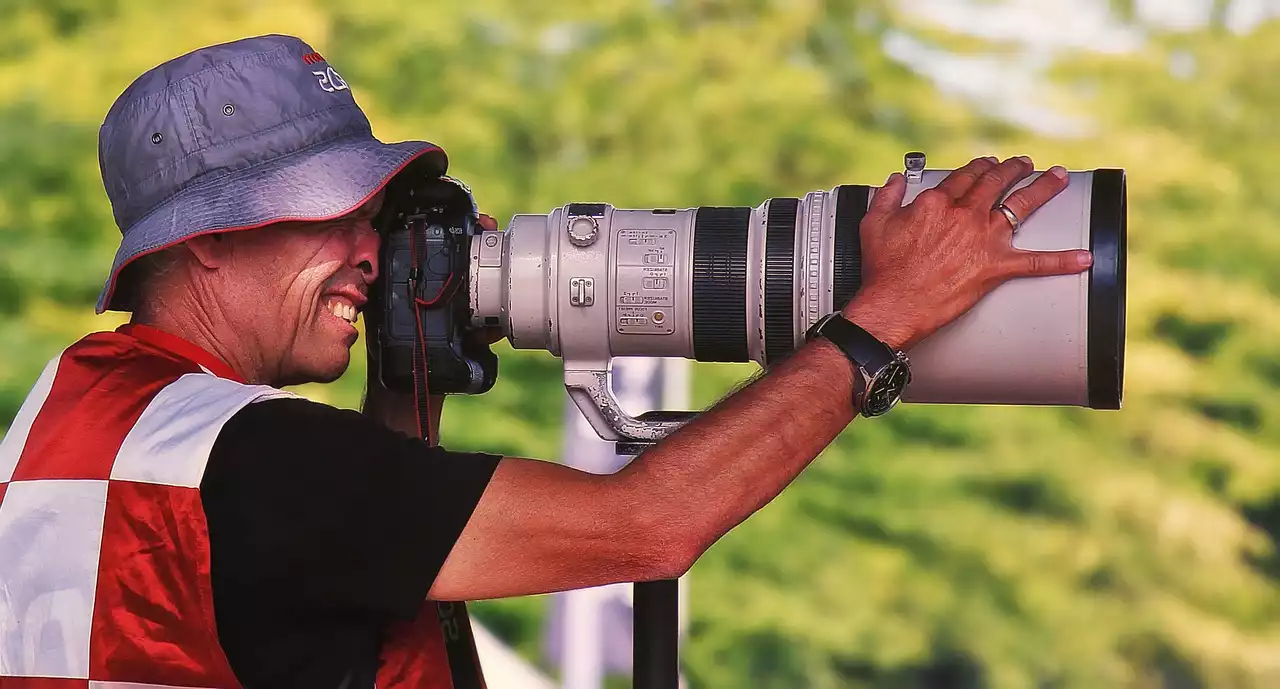
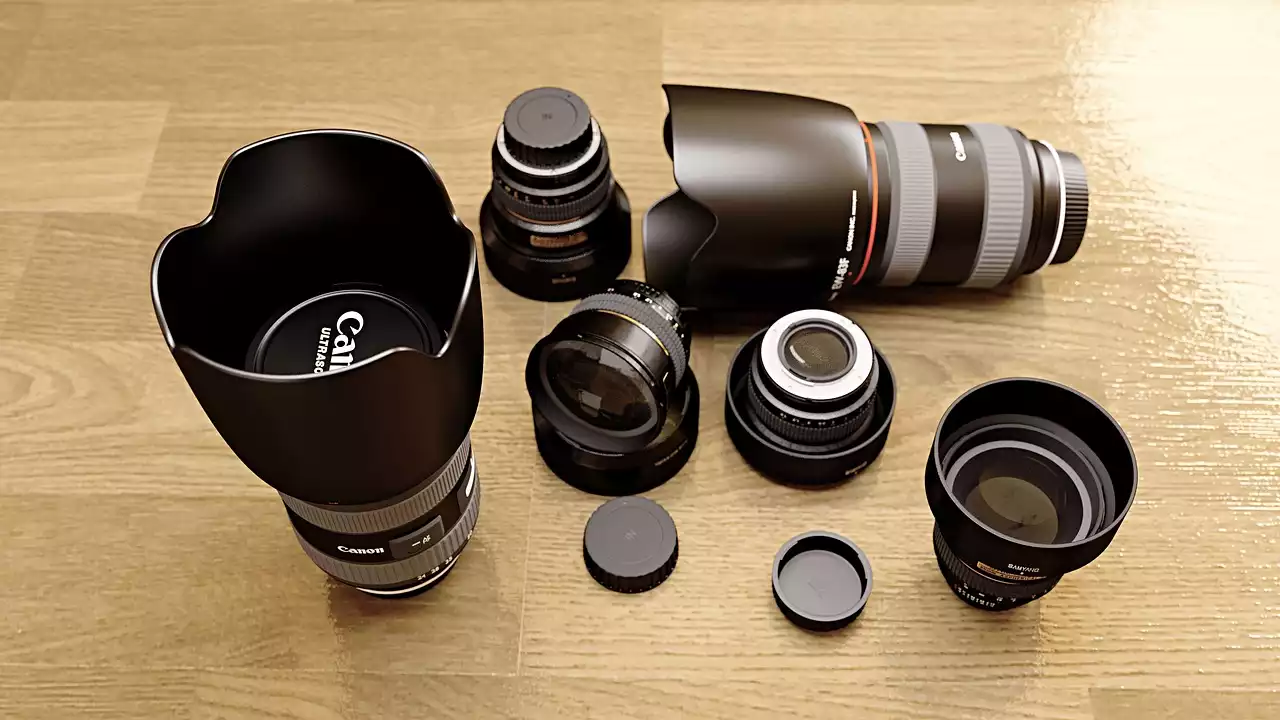
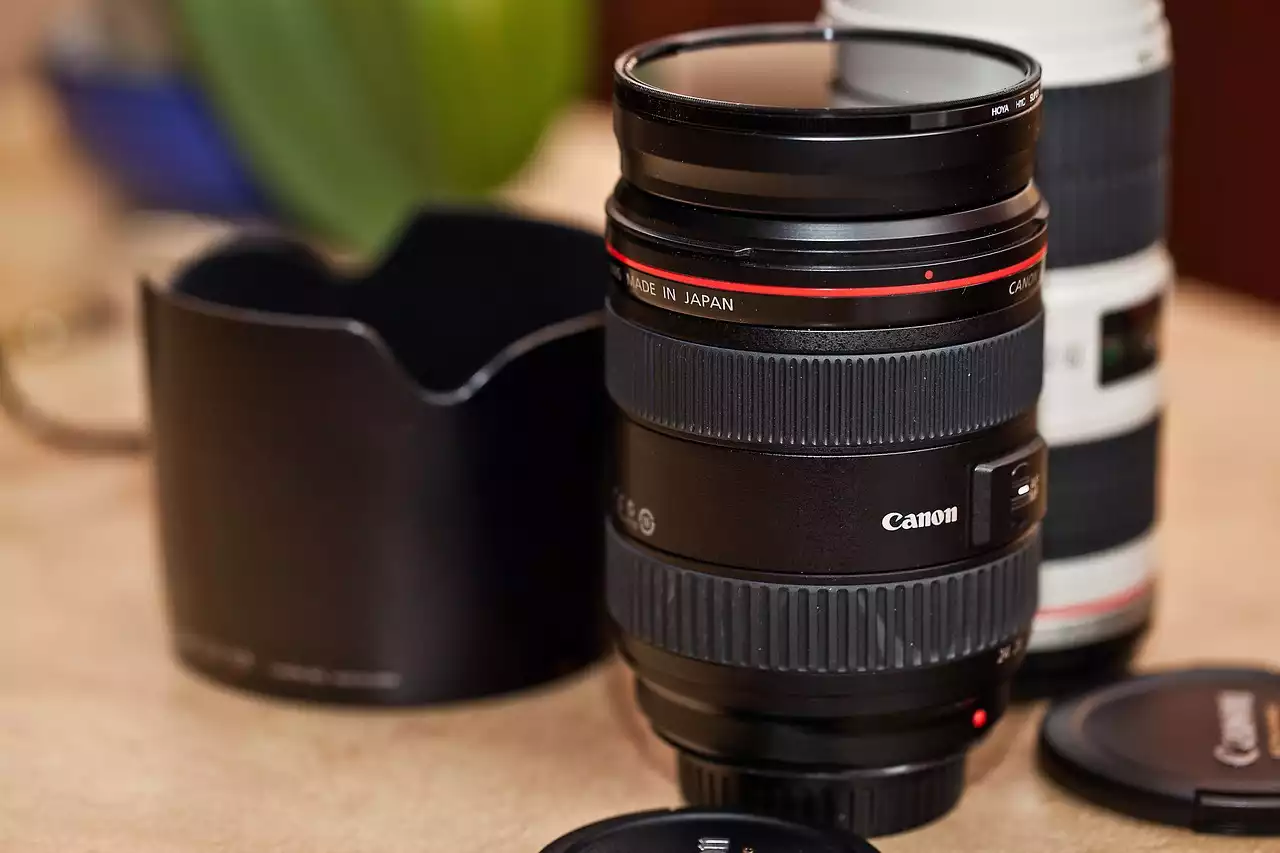
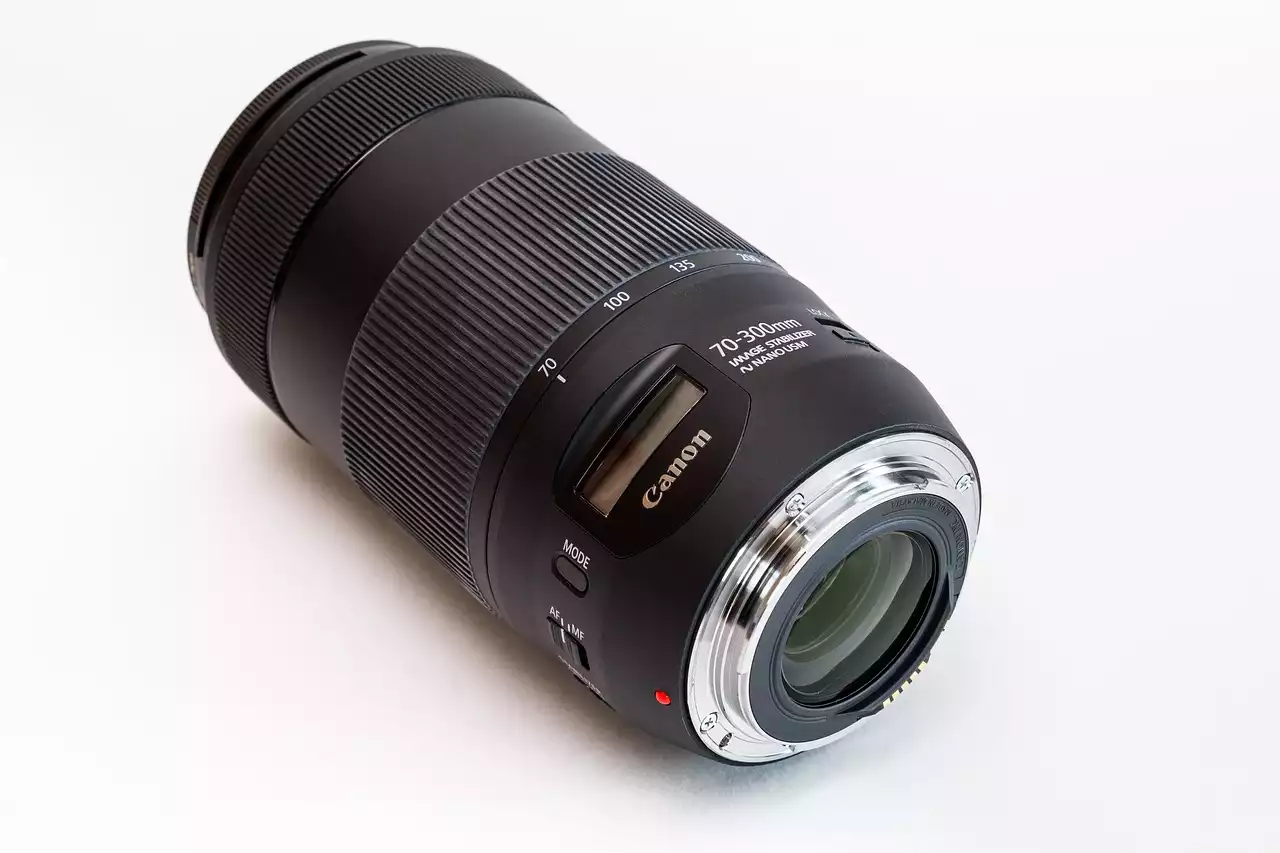
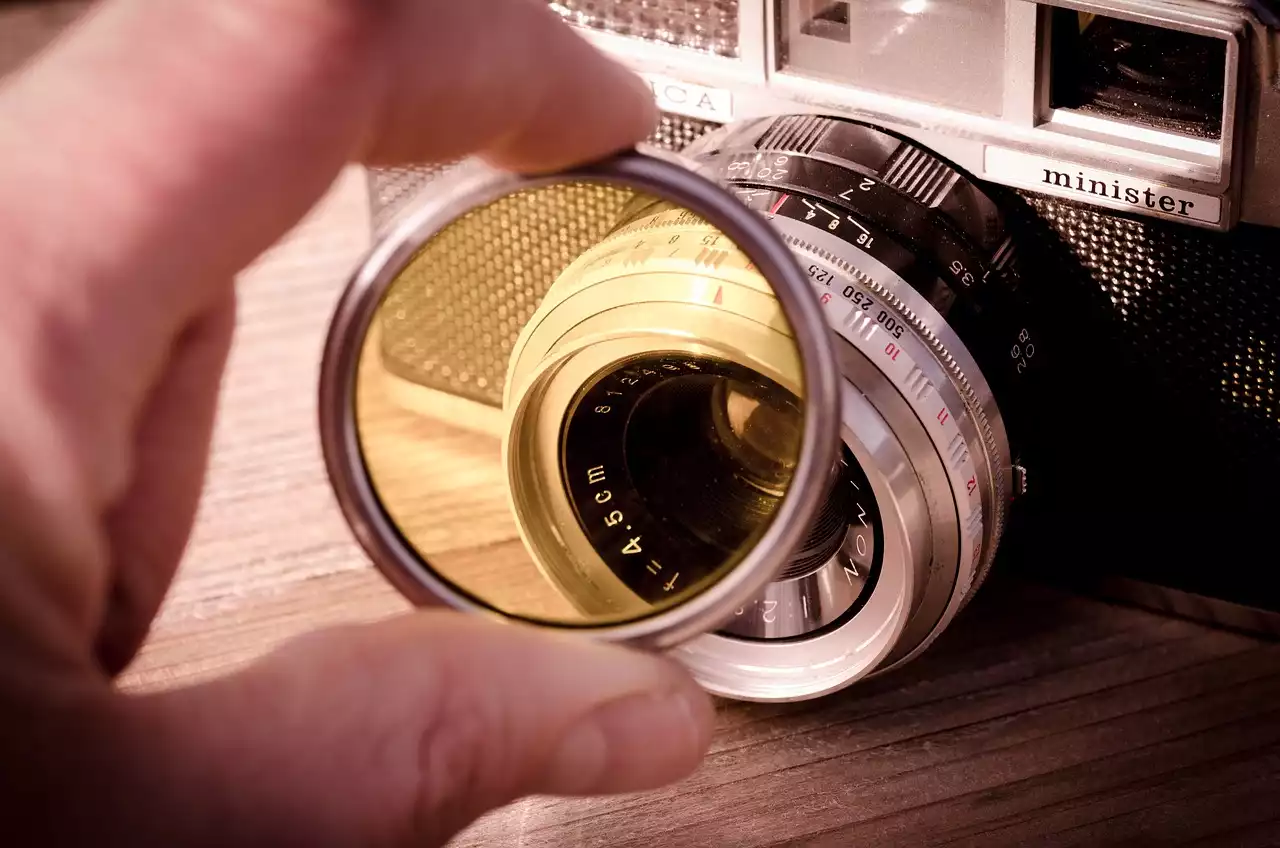
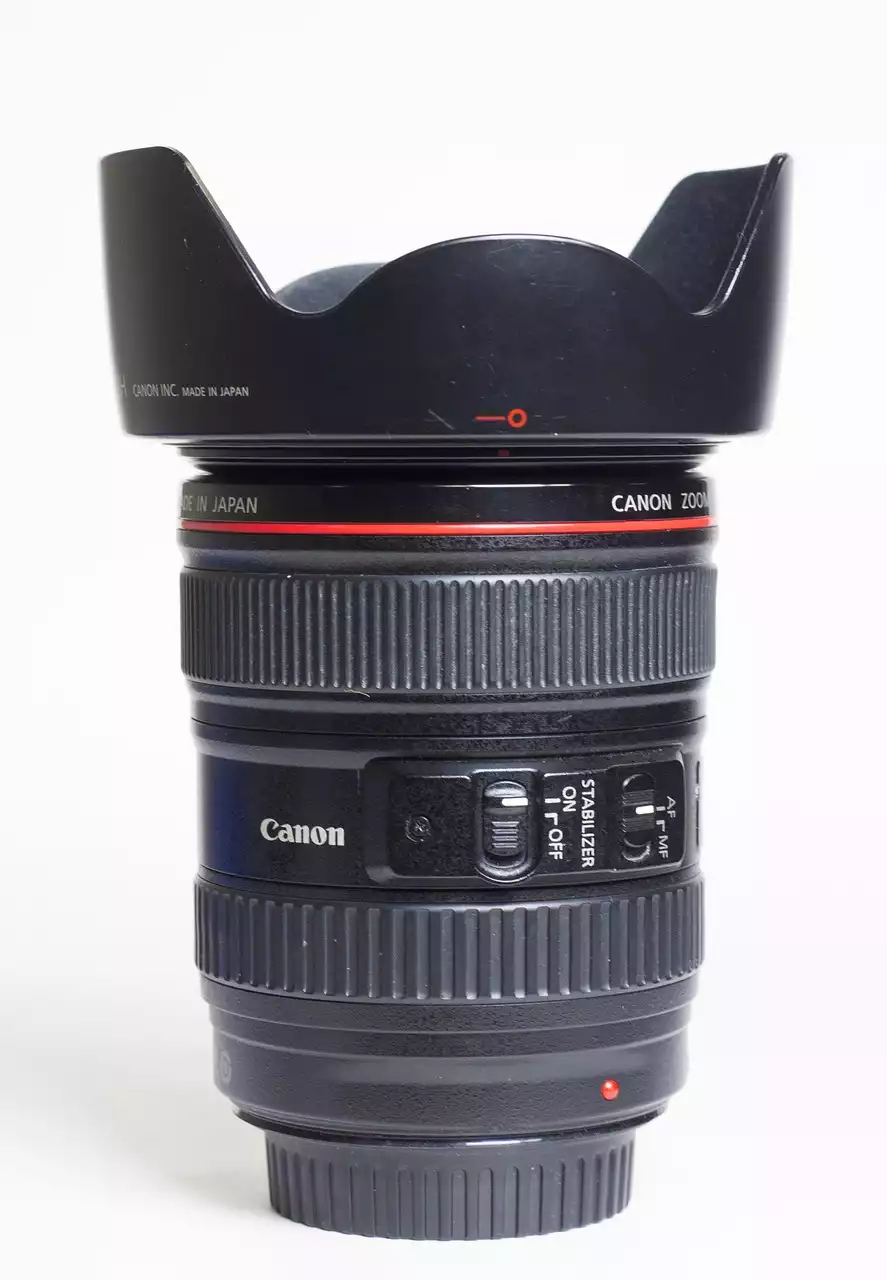





.png?size=50)